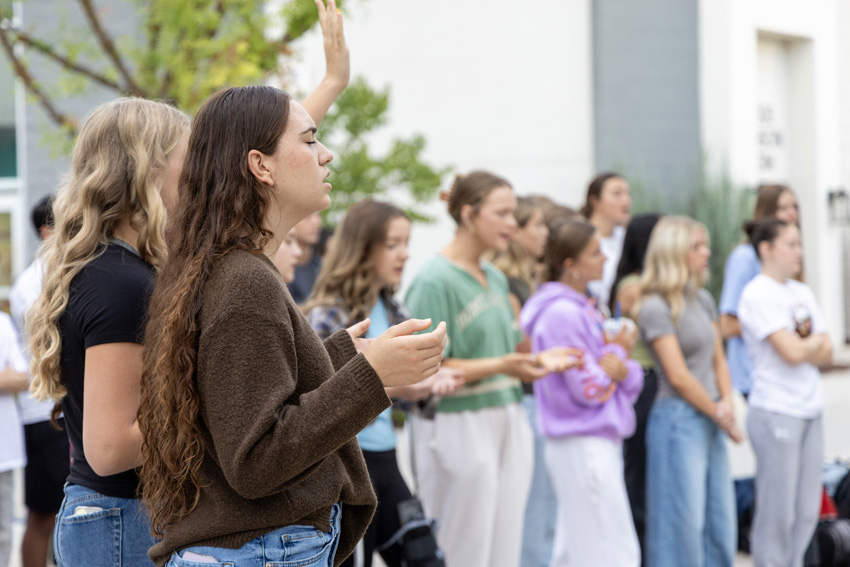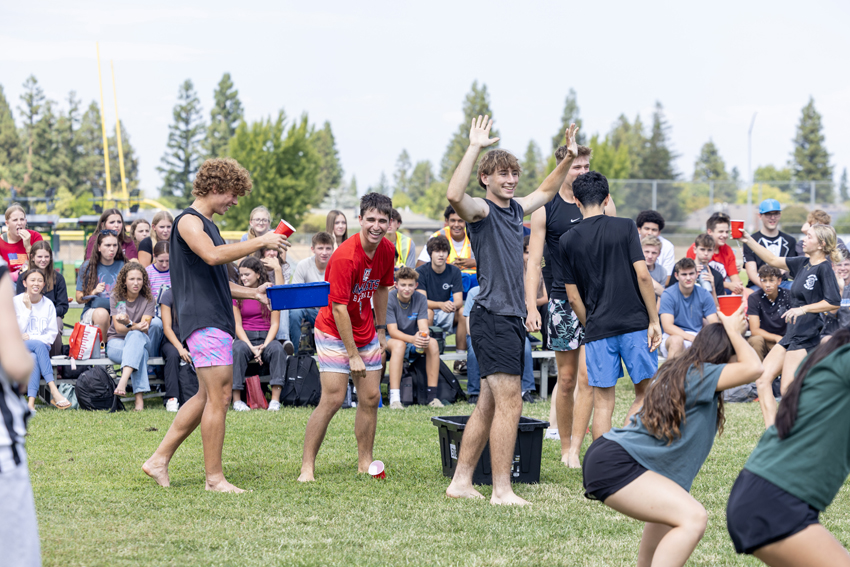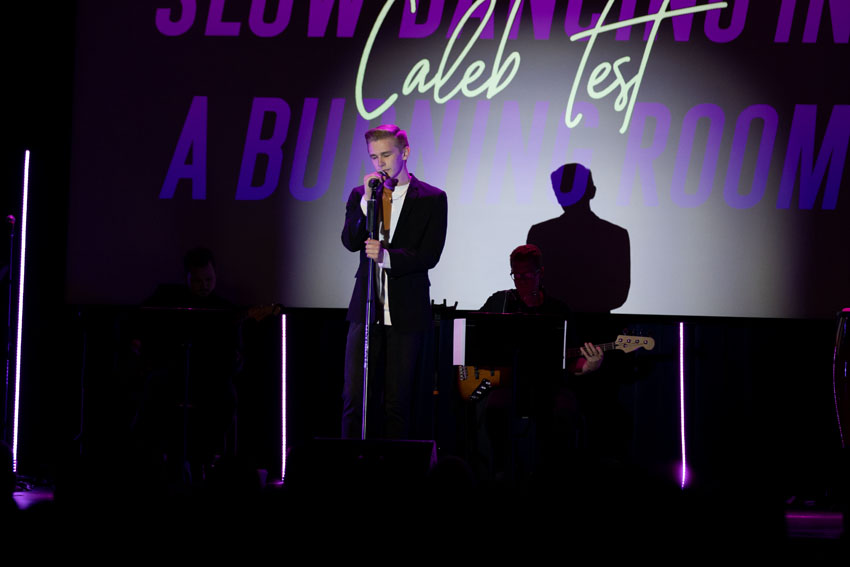Initiated Oct. 1, the Valley Air District (VAD) declared an Air Alert that will continue through Oct. 3. The San Joaquin Valley is being charged $29 million by the federal government due to air pollution and is in danger of reaching over the one-hour ozone standard.
According to the San Joaquin Valley Air Pollution Control District (SJVAPCD) website, “an Air Alert is a notification that the Valley is currently experiencing conditions that may lead to exceeding a health-based ozone (smog) standard.”
The air alerts are broadcasted valley-wide and cover the counties of Fresno, Madera, Merced, Stanislaus, Kings, Tulare, San Joaquin and sections of Kern. Last year, the VAD declared four Air Alert episodes: Aug. 23-29, Sept. 5-9, Sept. 20-23 and Sept. 29-30.
In order to protect the public health, the SJVAPCD’s Real-time Air Advisory Network (RAAN) and Outdoor Activity Guidelines (OAG) issue schools and the public with regular air quality information. When the local ozone levels hit a certain level that threatens peoples’ health, residents can receive emails and texts as updates.
Along with the critical effects air pollution can have on people, exceeding ozone levels can place fiscal strains on residents and businesses.
“In addition to the negative effects on our health, ozone exceedances can also result in monetary penalties to the Valley,” according to the San Joaquin Valley Air Pollution Control District website. “This would impose severe financial burdens on Valley businesses and, ultimately, our residents.”
The District encourages locals to prevent air pollution by carpooling, taking the bus, postponing errands and not idling in your car. By decreasing the air pollution, the counties will be in less danger of exceeding the ozone level.
While the District provides consistent statistics for the community, sports teams are responsible for checking those updates and ensuring that they follow its advice for the athletes’ safety.
“We check the air quality at airnow.gov, cause that’s the universal website that all the different levels of sports use for the valley,” Athletic Administrative Assistant Michelle Regnerus said. “If it’s unhealthy for sensitive groups, we still let practices go on and anyone who has asthma or needs extra water breaks or anything, we tell the coaches to let them have it.”
If the air quality is unhealthy, a red day, the athletic department cancels practices or moves the sports games to a later time, so that when the games begin, the air quality is safer. The main concern is to keep all athletes protected.
“Our number one priority is to keep the athletes safe,” Regnerus said. “We want to make sure that everything we do is for the best environment for the kids. We want to make sure that they have all the right equipment, as many resources as possible available to them, and that we have as much information available to us to keep everyone safe and healthy and playing.”
For more air quality articles, read the Sept. 29, 2011 article, BREAKING: Bad air quality restricts activities. For more news, read the Sept. 28 article, ASU representative informs journalism students.






